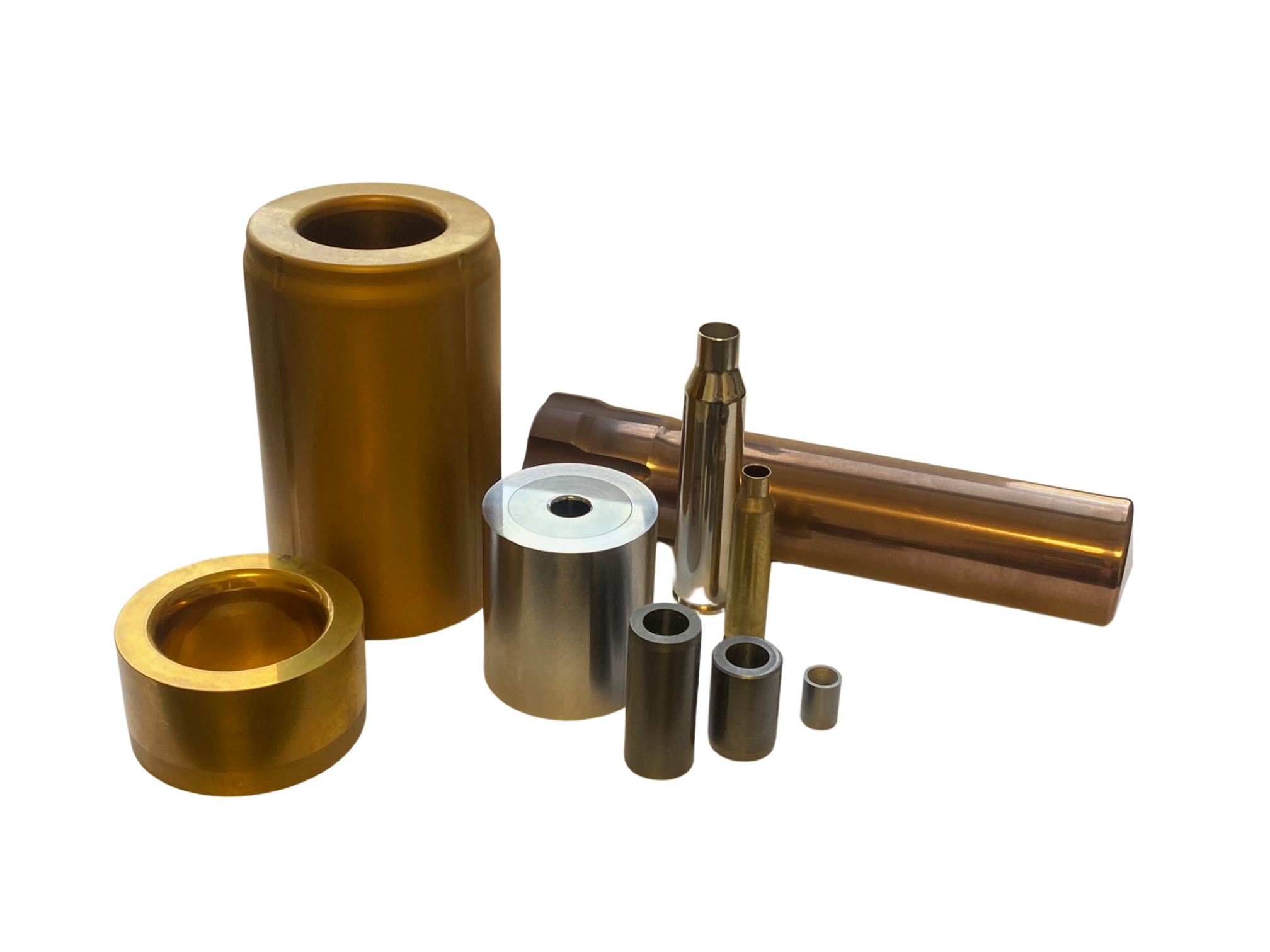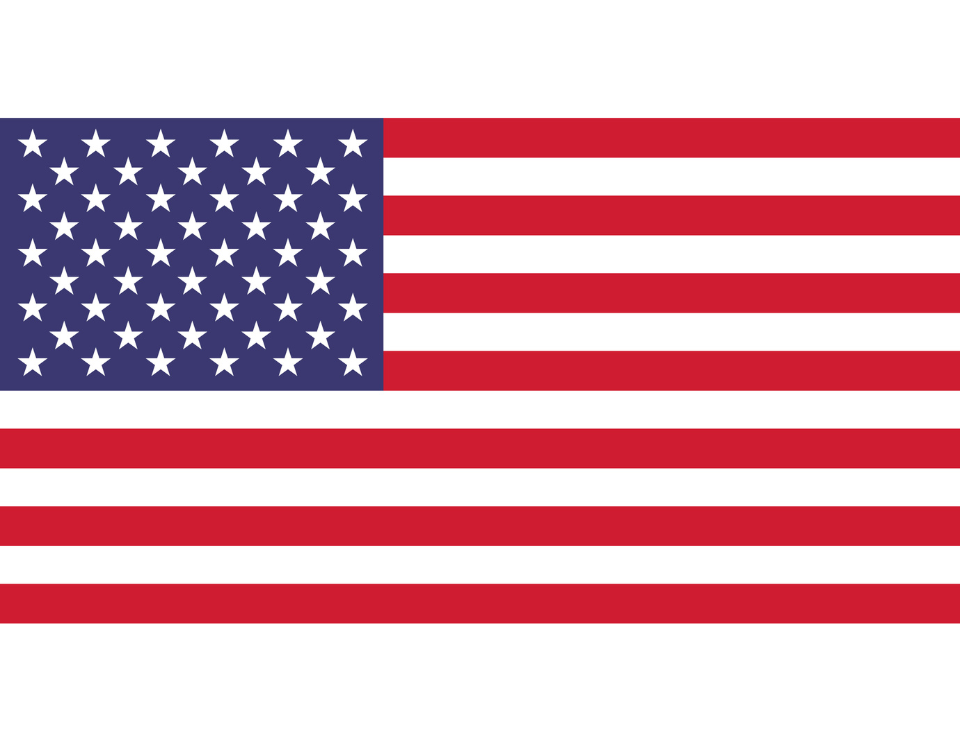Henri Moissan first synthesized tungsten carbide in the 1800's creating perhaps the most useful
Tungsten Carbide Bushings
substances for metal forming known to man. Tungsten carbide is almost as hard as diamond and can be produced at a fraction of the cost. Tungsten carbide is now used in a wide variety of metal forming applications, from carbide dies to long lasting cutting tools. Here's a quick look at its fascinating history!
After Henri Moissan discovered tungsten carbide it took two other men to make it useful in the field of metal forming. The Osram Lamp Works in Germany needed a cheaper alternative to diamond dies for drawing the wires to be used in their lamps. Karl Schroeter and Heinrich Baumhauer experimented with bonding carbide with other metals as cobalt, and the tungsten carbide industry was born sine it provided the necessary toughness to be used in their metal drawing process.
After that the notorious industrialist and arms manufacturer Friedrich Krupp and his company purchased the patent and further developed the sintering process. In the US the General Electric Corporation formed licenced use of the patent from Krupp and formed the Carboloy Company in order to produce tungsten carbide in the United States. The Carboloy company branded their tungsten carbide as "Carboloy." Carboloy tools were tested in General Electric plants and came to public attention and offered to the publiaround 1928.
Soon other patents and advancements were put forth, for example Dr. Balke invented a tantalum carbide that was sintered with nickel, creating a superior steel cutting alloy. Dr. Balke's material, called Ramet, was resistant to the pitting while cutting steel that typical resulted in premature wearing of carboloy.
Other advancements were made throughout the 1930's in the USA as the metallurgist Philip McKenna of the Vanadium Alloy Steel Company improved upon the pitting issue and created a titanium carbide alloy.
As development of tungsten carbide continued its price dropped considerably, going from extremely expensive (but nowhere near the cost of the diamonds it replaced!) to a standard in manufacturing across a wide varieties of industries. Originally carbide was used very sparingly due to its high cost of manufacturing, to save on tungsten carbide it would only be used on the tips of cutting tools for example through the use of brazing techniques. However, as the 19th century progressed and its cost decreased large carbide dies and tools have become common.
Today carbide dies are used in the cold forming industry to make all sorts of nuts, bolts and millions of other forms. The mining industry makes frequent use of tungsten carbide in their drills, ammunitions manufacturers use them to form shell casings and even some ballistics. Honestly, this section of the article describing it's multiple uses across a wide variety of industries could balloon into a book. Tungsten Carbide in all its varieties will be a major part of production long into the future!







No comments:
Post a Comment